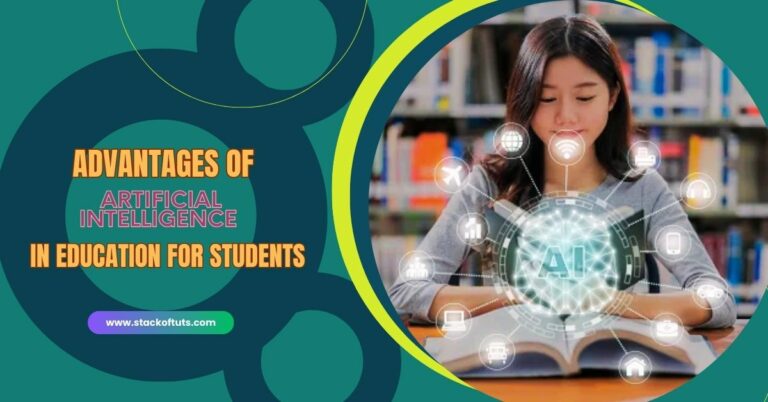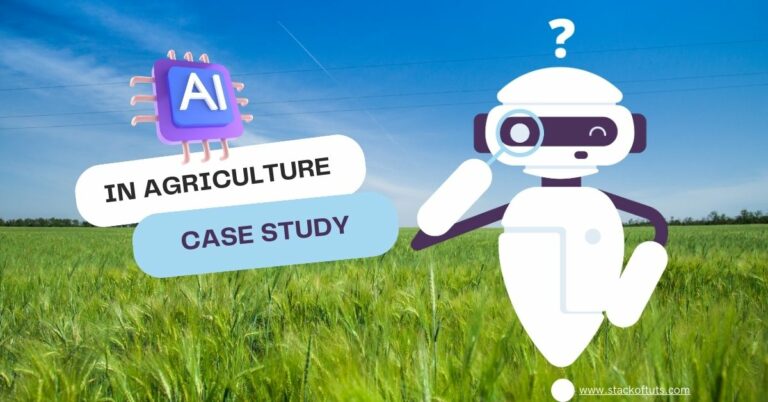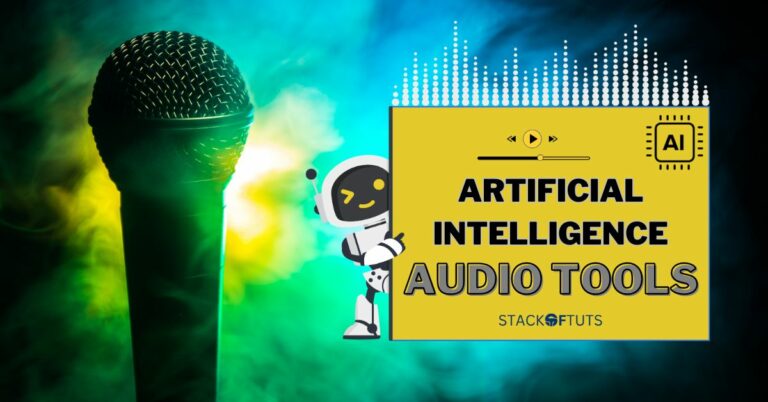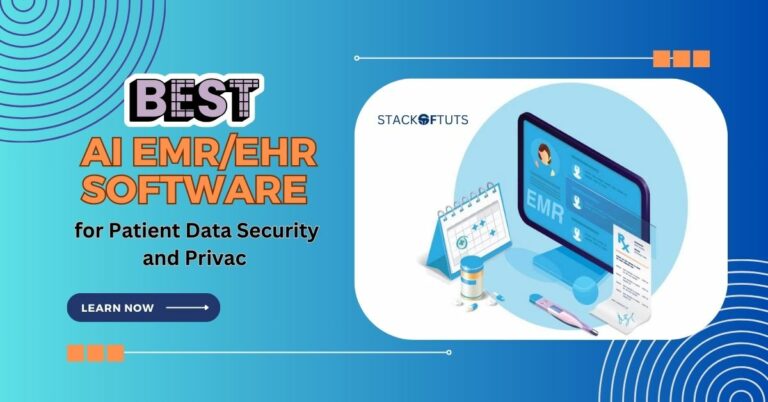
Education is witnessing a profound transformation, with technology driving many of these changes. Central to this revolution is artificial intelligence for students with disabilities. In this article, we’ll explore the pivotal role of AI in empowering students facing various challenges and ensuring they receive equal opportunities to thrive.
For a complete guide also read about Artificial intelligence used in Education dive into this link for exclusive insights and captivating discoveries!
Understanding AI
Often referred to by its abbreviation, AI, or artificial intelligence, is the mimicry of human cognitive functions by machines. This encompasses aspects like learning, reasoning, and adapting. In layman’s terms, AI is the segment of computer science dedicated to crafting machines capable of executing activities that usually demand human intellect.
This spectrum of tasks spans from recognizing patterns and voices to intricate functions such as decision-making and intricate problem-solving.
Does AI aid students with disabilities?
Undoubtedly! AI opens a myriad of doors for students with disabilities. Let’s probe into some of these invaluable advantages.
1. customized learning paths

AI platforms excel at sifting through extensive data and pinpointing trends. For students with disabilities, AI dives deep into understanding each individual’s study behaviors, likes, strong points, and challenges. This detailed insight allows AI to craft a unique educational journey suited just for the student. As a result, learners aren’t merely navigating a standard curriculum; they’re interacting with materials that align with their rhythm, approach, and comprehension level.
2. Accessibility through Speech Recognition

Consider the challenges faced by a student with a physical disability that restricts hand movements. For such students, writing, typing, or even navigating a digital interface can be arduous. AI-powered speech recognition tools offer a solution. These tools can accurately convert spoken language into text. So, students can ‘write’ essays, answer questions, or even give commands to a computer just by speaking. This not only empowers the student but also instills a sense of independence and confidence.
3. Auditory and visual assistance

Students who are hard of hearing may struggle in conventional classroom environments that heavily depend on auditory teaching methods. Thanks to AI-enhanced solutions, spoken words can now be instantaneously converted into written subtitles during classes. Conversely, for those with sight challenges, AI-powered programs offer comprehensive explanations of visuals like images, graphs, or illustrations, ensuring they have access to essential details.
Furthermore, AI innovations now facilitate the direct conversion of written materials into spoken words, empowering visually impaired students to “hear” and understand texts or papers.
4. Enhanced Engagement through Interactive Learning

Maintaining focus can be a significant challenge, especially for students with attention disorders. Here’s where AI can be a game-changer. By creating interactive and dynamic learning modules, AI ensures that learning isn’t just a passive activity. These modules can be gamified, visual, or even tactile, ensuring that students are constantly engaged and stimulated. What’s more, these interactive platforms can adjust in real-time based on the students’ responses, ensuring that the learning experience is continuously optimized.
5. Data-driven insights for Timely Intervention

Every student’s journey has its share of peaks and valleys. With AI’s ability to continuously monitor and analyze a student’s performance, educators and caregivers can receive insights about potential challenges or areas of struggle. This predictive analysis ensures that timely interventions can be made. For instance, if a student is consistently facing challenges with a particular topic, AI can flag this, allowing educators to step in with additional resources or personalized attention.
Challenges and considerations of using AI in education for students with disabilities

- Concerns Over Data Protection in AI-Driven Education: When introducing AI into education, it inherently means gathering and analyzing extensive student data. This data might encompass confidential aspects like students’ academic achievements, personal behaviors, and even their intimate details. The pressing questions here are: Who can view this information? What’s its purpose? And, critically, what measures exist to guard this data against potential breaches or abuse?
- Facing the bias challenge in AI: The infusion of AI in classrooms necessitates that educators be well-equipped and informed. Teachers must be familiarized not only with the nuts and bolts of employing AI but also with its intrinsic challenges and ethical dilemmas. This includes discerning potential biases in AI systems and understanding their implications. Furthermore, educators should be positioned to explain to students the mechanics of AI and the rationale behind data usage.
The Potential of Artificial Intelligence (AI) to Transform Education for Students with Disabilities
When we consider the vast potential of artificial intelligence in education, its transformative power for students with disabilities shines exceptionally bright. AI offers a customized learning experience, adapting to each student’s unique needs. Imagine a visually impaired student receiving real-time audio descriptions of graphical content or a student with dyslexia having texts automatically adjusted for easier comprehension.
For those with mobility challenges, voice-activated tools can navigate educational software, making learning truly accessible. In essence, AI bridges the gap, ensuring that learning obstacles are minimized or even eliminated. With these advancements, education becomes a more inclusive space, where students with disabilities are not just participants but active, engaged learners.
FAQs
Artificial intelligence in education refers to the integration of AI technologies into learning systems to personalize and enhance the learning experience, automate administrative tasks, and provide educators with tools to support their students effectively.
AI can support students with disabilities through personalized learning experiences, assistive tools like speech recognition and visual aids, and customized content delivery that caters to their specific needs and challenges.
Yes, like all digital tools, there are privacy concerns. It’s essential to ensure that AI tools used in education adhere to data privacy regulations and that student data is secured and used ethically.
While AI can offer many tools and personalized learning experiences, it cannot replace the human touch, understanding, and emotional connection that human teachers provide. AI should be viewed as a supplement, not a replacement.
Conclusion
Artificial intelligence for students with disabilities is not just a trending topic; it’s a revolutionary step in reshaping the educational landscape. With its ability to offer personalized, inclusive, and interactive learning experiences, AI ensures that students with disabilities have every opportunity to succeed. The future of education is here, and with AI, it’s more inclusive than ever before.
Thanks!





